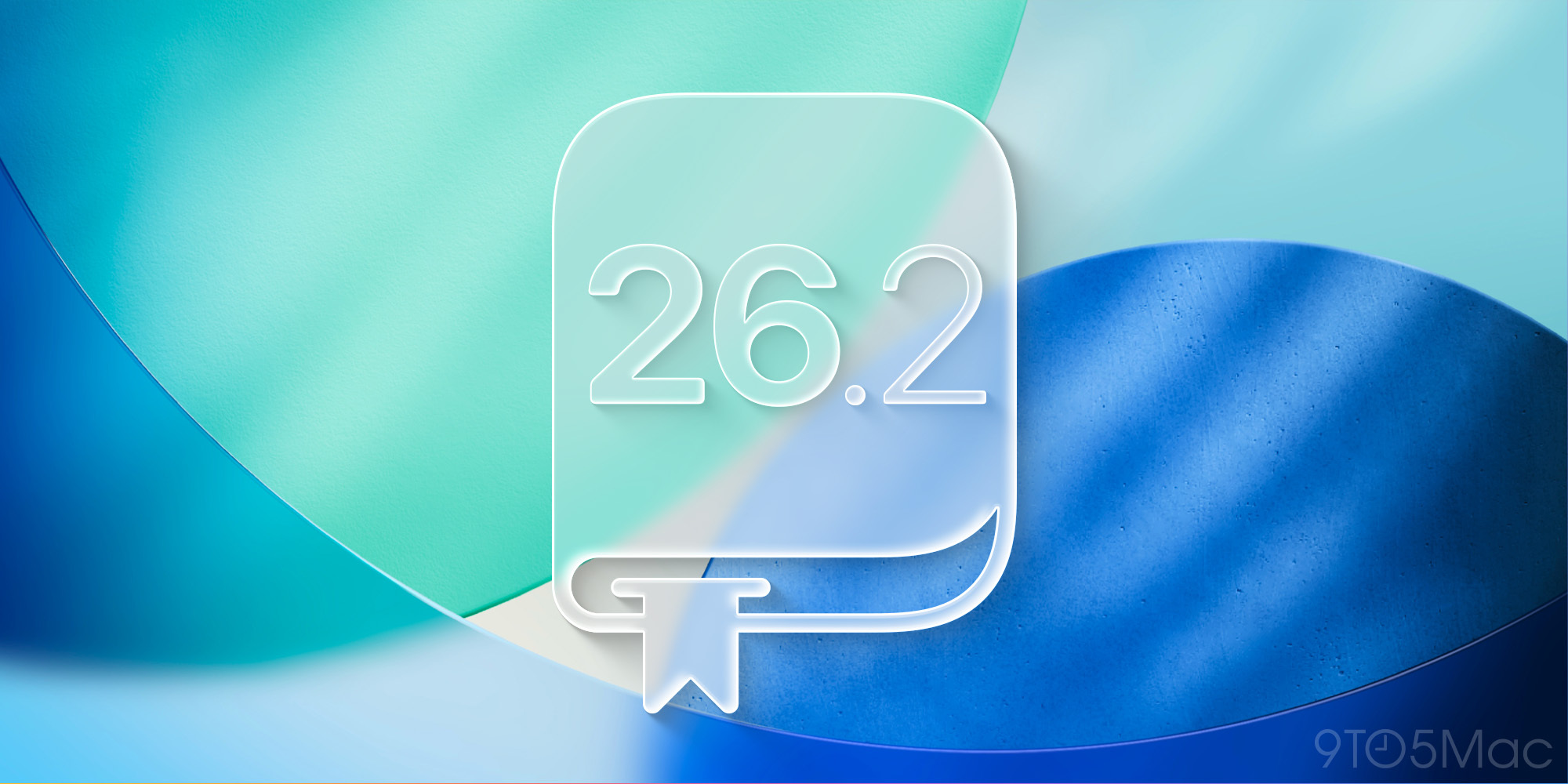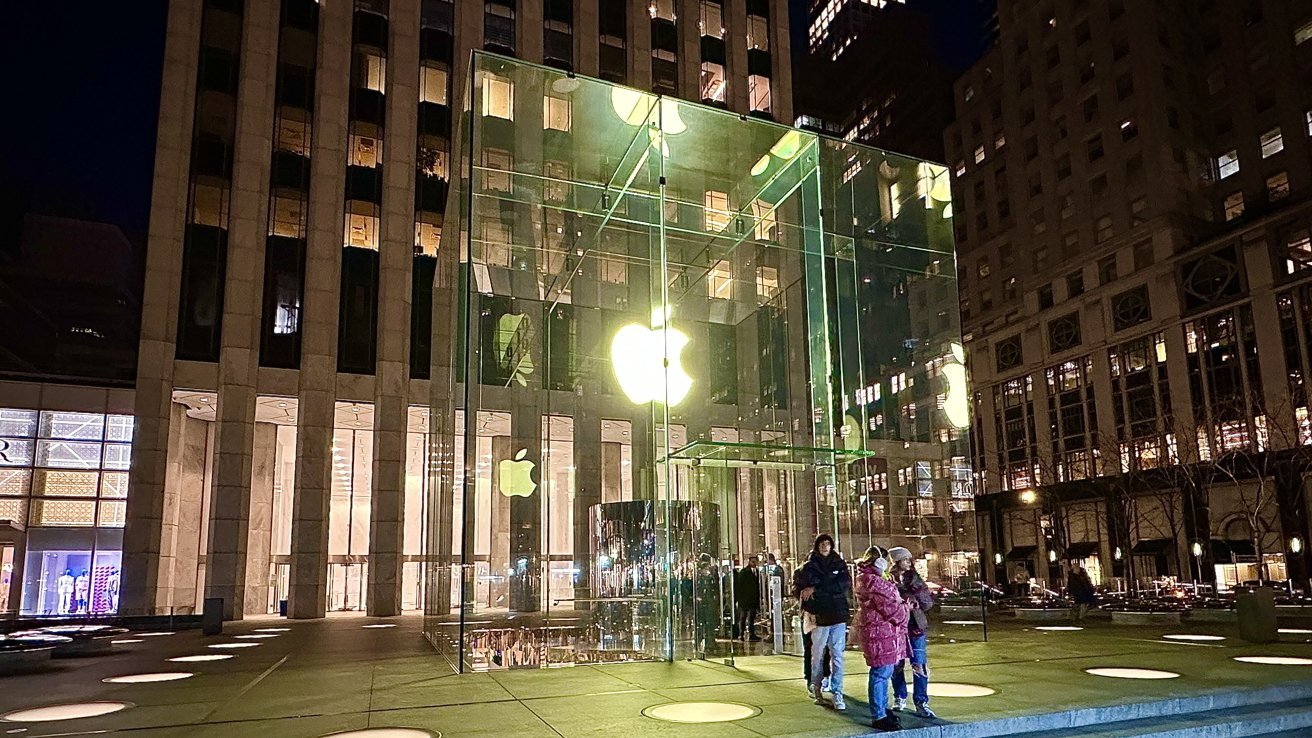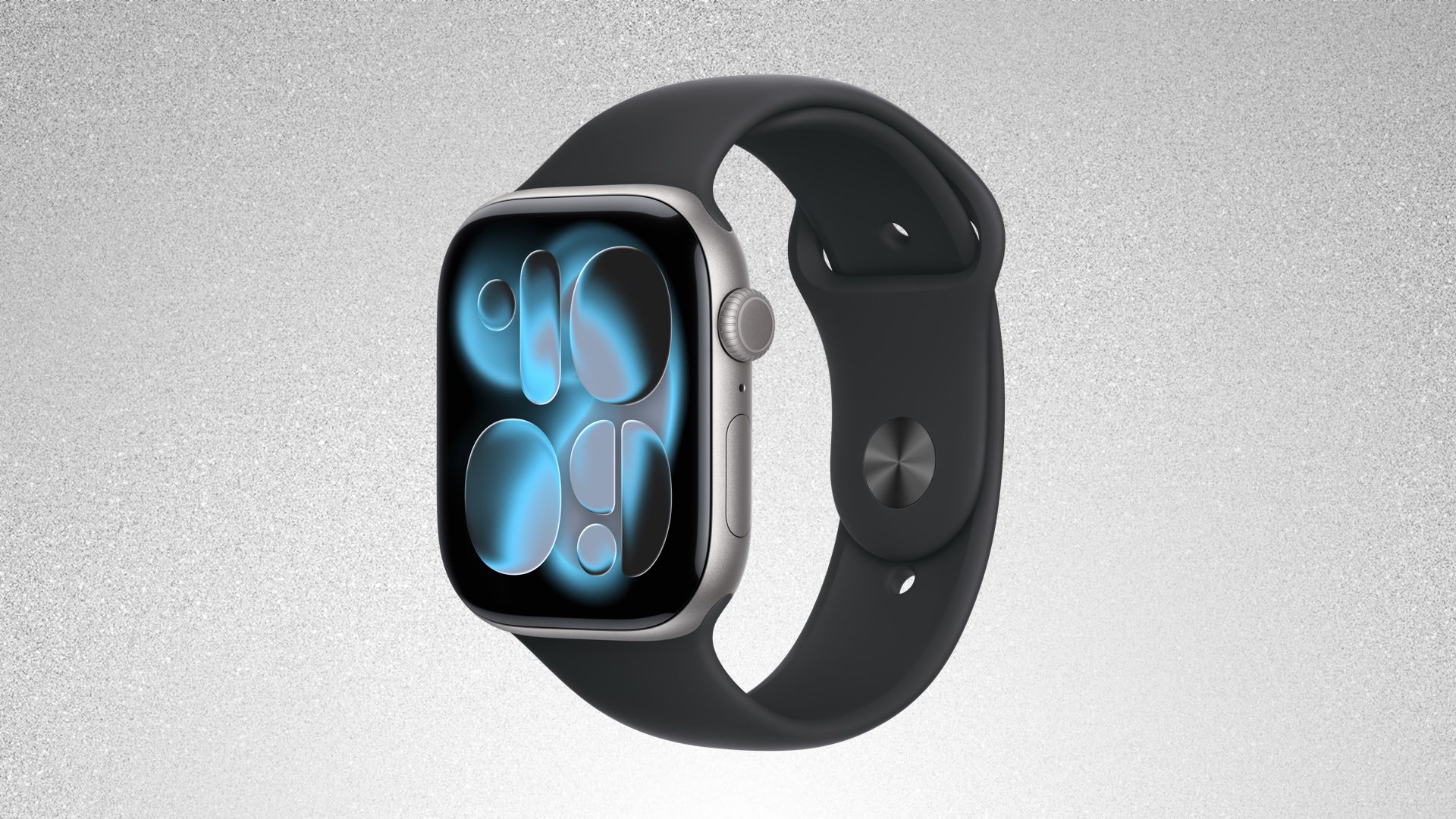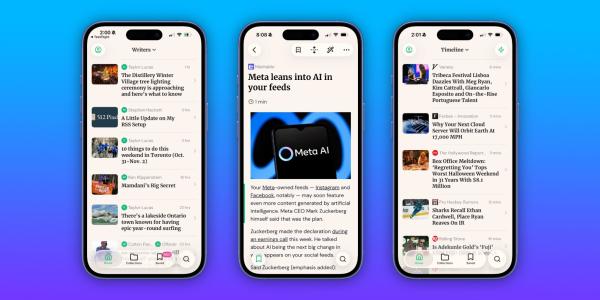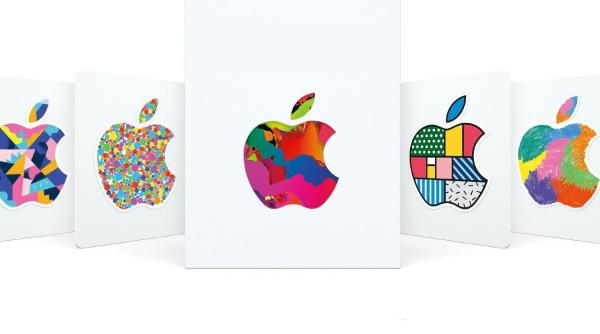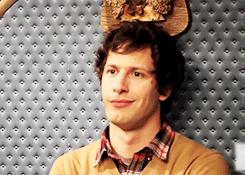 Animated pictures or GIFS have been around for over 30 years since the first one ever was made back in 1987. GIF, or graphics interchange format, has then become the internet's best friend since 2015 thanks to Tumblr till now even soundless and low quality as they are. Since the animated clip art went viral, people started using them in everything, even classrooms. But there are some ways GIFs can get you in trouble, we will enumerate the 4 uses of animated pictures that might leave you running for your lawyer's number.
Animated pictures or GIFS have been around for over 30 years since the first one ever was made back in 1987. GIF, or graphics interchange format, has then become the internet's best friend since 2015 thanks to Tumblr till now even soundless and low quality as they are. Since the animated clip art went viral, people started using them in everything, even classrooms. But there are some ways GIFs can get you in trouble, we will enumerate the 4 uses of animated pictures that might leave you running for your lawyer's number.
1. Profit Use
The controversial use of GIFs made from copyrighted work has been confusing many users. While small users making and sharing animated pictures on Twitter have nothing to worry about as it's considered fair use, others who are looking to profit from GIFs need to take a moment to think about this. If you are making a project that depends on GIFs you made from movies and you are selling that project, you might face legal consequences, and it's just offensive.
2. Affecting The Potential Market
One of the most important factors to fair use is not affecting the potential market of the copyrighted work by any means. If the GIFs you made contains for examples scenes from the series Friends and you're dissing it, you might rethink using these GIFs. Causing financial harm to the content owners you are copying from falls far away from fair use, thus, you need to take permission before you risk using these animated pictures. But otherwise, no one, for example, will stop watching the office and choose a GIF of Dwight crying instead.
3. Quantity Matters
Making a GIF including a movie scene you like still falls under "stealing" someone else's work and copyright infringement; however, there are some fair use factors you need to follow to use copyrighted work without having to take permission from its original owners. While you can use GIF maker from video to create a 10-second clip art of your favorite scene and it won't do any harm as you are using it in another context, or you just like it. Heavy use without any addition to the original content like if you just made a blog from only GIFs from a certain series or a movie; you are risking falling far away from fair use.
4. It Depends On Who You Are
While someone can use a GIF in their Tumblr blog and go on with their day, big companies or sites like BuzzFeed, for example, shouldn't. Copyright restrictions are there for a reason. Plagiarism or using someone else's content isn't necessarily a crime, it's still frowned upon and considered unethical.
Take Care of Legal Implications
The most interesting thing about GIFs which made it extremely popular is their ability to convey a thought or a feeling when words can't. Not just the message they deliver, animated pictures add a slight fun touch to your content, whether you use them in tweets, posts, chats, or even a presentation in school. Some teachers even started using GIFs in their educational slides to grab the student's attention as there is no doubt how millennials love a funny GIF. But, you need to be careful and take care of the GIFs you are making and spreading to not stray away from the legal umbrella.

 Animated pictures or GIFS have been around for over 30 years since the first one ever was made back in 1987. GIF, or graphics interchange format, has then become the internet's best friend since 2015 thanks to Tumblr till now even soundless and low quality as they are. Since the animated clip art went viral, people started using them in everything, even classrooms. But there are some ways GIFs can get you in trouble, we will enumerate the 4 uses of animated pictures that might leave you running for your lawyer's number.
Animated pictures or GIFS have been around for over 30 years since the first one ever was made back in 1987. GIF, or graphics interchange format, has then become the internet's best friend since 2015 thanks to Tumblr till now even soundless and low quality as they are. Since the animated clip art went viral, people started using them in everything, even classrooms. But there are some ways GIFs can get you in trouble, we will enumerate the 4 uses of animated pictures that might leave you running for your lawyer's number.

